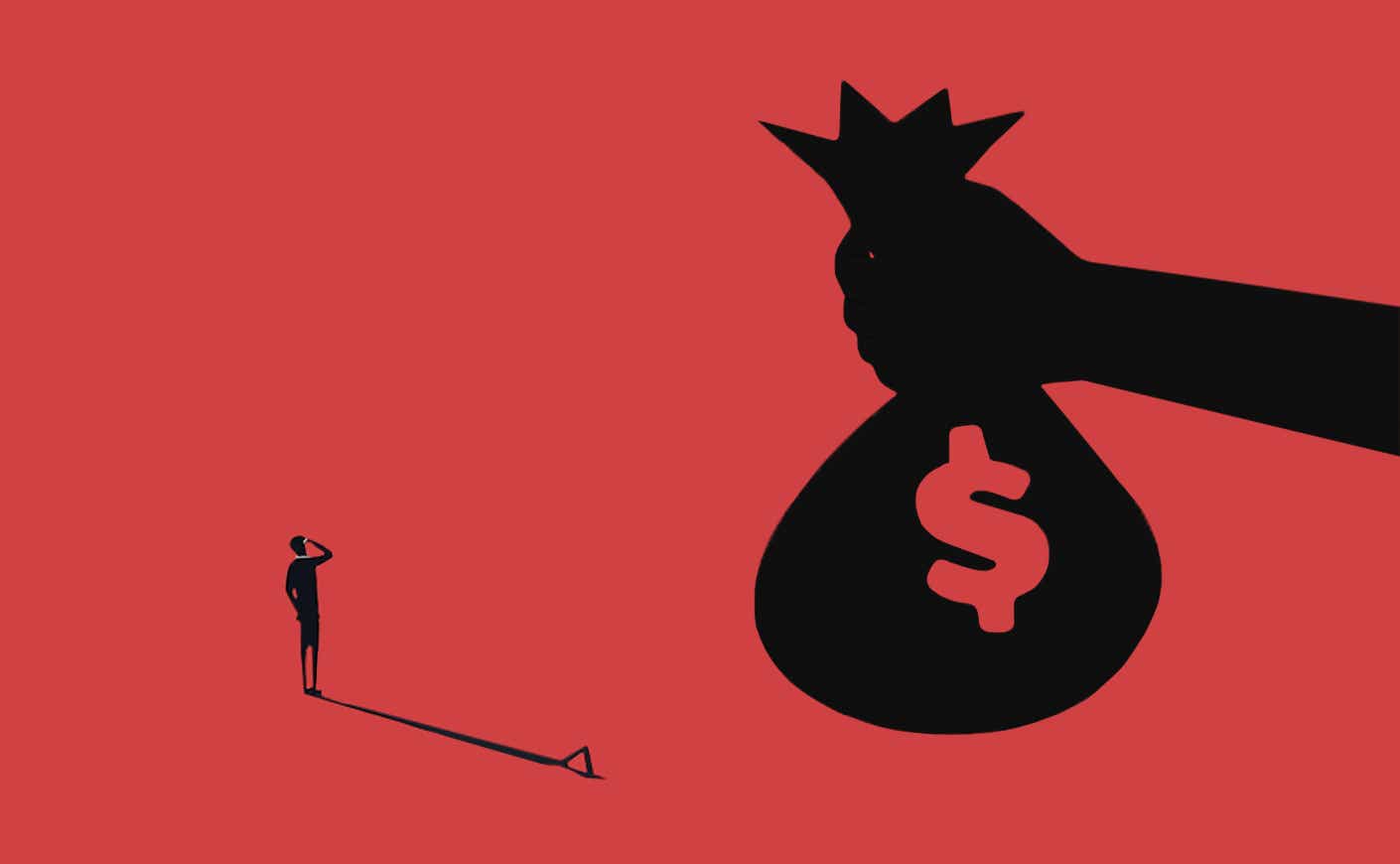After keeping his decision largely under wraps for months, President Biden announced a highly anticipated new federal student loan debt relief plan. And while it marks the largest individual student loan forgiveness to date, it’s drawing some very mixed reactions.
The president’s cancellation of $10,000 in debt for most Americans — at least, for those who earn below a certain salary — has fallen short of more ambitious goals put forth by other Democrats, like Senate Majority Leader Chuck Schumer. It has also prompted attacks from Republicans over concerns that it will drive up inflation that’s already sky-high.
Nevertheless, Biden and his allies are hailing it as a win on a long-promised campaign promise: During his presidential run, he supported forgiving at least $10,000 in federal student loans per person.
“In keeping with my campaign promise, my Administration is announcing a plan to give working and middle-class families breathing room as they prepare to resume federal student loan payments in January 2023,” Biden tweeted after the announcement.
The details
On Wednesday, Biden said he will forgive $10,000 in federal student debt for individuals making an annual salary of less than $125,000 (or $250,000 per year for married couples), and as much as $20,000 for Pell Grant recipients. His administration also plans to extend a pandemic-era pause on the majority of federal student loans through Dec. 31, 2022, and create a new repayment plan based on income, to help lower monthly bills for undergraduates. The Department of Education issued a statement, saying it intends to announce further details on how borrowers can claim relief in the weeks ahead.
Just how much of a difference could this make? According to The Washington Post, while student debt looms large, most borrowers still have small loans of around $10,000 or less to pay off. With 90 percent of the relief going to those earning less than $75,000 a year, the White House estimates that roughly 20 million borrowers could have their debt completely erased. And there are other elements bundled within the rule that could prove very beneficial, especially for low-income borrowers, including a cap on how much they'd need to pay in loans monthly, based on their income:
A tale of two reactions
Student loan debt now totals a staggering $1.6 trillion in the U.S., per the White House, across 45 million borrowers. And Biden’s recent decision comes after months of debate over whether he had the authority to forgive federal student debt in the first place — an issue that has increasingly become a hot topic of debate.
Republicans have strongly criticized Biden’s student loan forgiveness: Senate Minority Leader Mitch McConnell called it a “slap in the face” for working Americans and warned that it could worsen inflation. For context, Biden signed the Inflation Reduction Act just last week to fight rising costs nationwide, especially drug prices.
Meanwhile, Biden’s decision didn’t quite meet the expectations of some fellow Democrats (both Schumer and Sen. Elizabeth Warren previously urged the president to cancel at least $50,000 of student debt per person). But along with progressives, they've since applauded the move, and political observers say it marks a major accomplishment before the midterms.
“With the flick of a pen, President Biden has taken a giant step forward in addressing the student debt crisis by canceling significant amounts of student debt for millions of borrowers,” they said in a joint statement. “No president or Congress has done more to relieve the burden of student debt and help millions of Americans make ends meet.”









